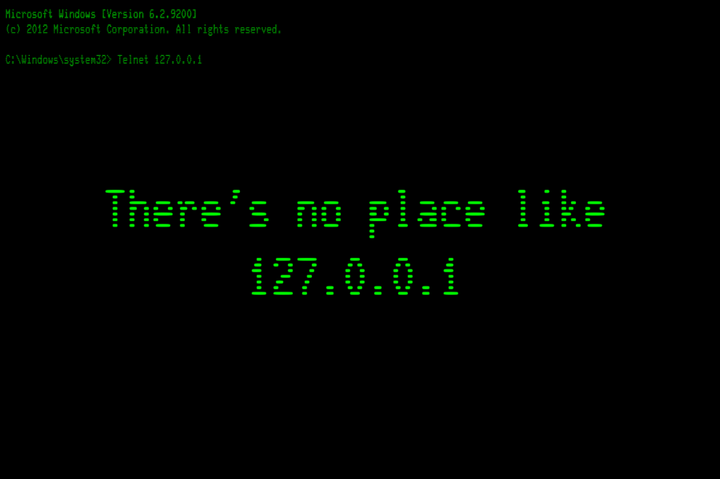Consigned Inventory vs. VMI: A Comparative Analysis
Owning a business comes with a myriad of factors to consider, and stock management is one of the crucial components that can make or break a company’s success. Understanding an appropriate inventory management approach can significantly impact your business’s efficiency and profitability. So, let’s understand two popular inventory management strategies that have gained significant traction: consigned inventory and Vendor-Managed Inventory (VMI). Each method has its own set of advantages, challenges, and implications for businesses.
This comparative analysis will explore both inventory systems, highlighting their differences, benefits, and potential drawbacks, to help businesses make informed decisions about their inventory management strategies.
What is consigned inventory?
Consigned inventory is a business arrangement in which a supplier (consignor) places goods with a retailer or distributor (consignee) but retains ownership of the inventory until it is sold. The consignee only pays for the goods once they are sold to the end customer. You can even consign surplus inventory to profit from obsolete or excess stock while freeing up space for new or profitable goods.
For instance, imagine a luxury perfume brand aiming to expand its market presence by showcasing its exclusive collection. They are partnering with a prestigious retailer known for its broad consumer base. The perfume brand retains ownership of the perfumes until they are sold, while the retailer agrees to display and sell the products without an upfront payment. Instead, they agree on a profit-sharing arrangement for each perfume sold, benefiting both parties. This strategic partnership allows the perfume brand to reach new customers and the retailer to offer high-end products without the financial risk of purchasing inventory upfront. At the end of the consignment period, any unsold item is typically returned to the owner without any cost to the retailer.
Benefits of the perfume brand:
- Increased market presence without the need for a retail location.
- There is no need to convince the retailer to purchase a large inventory upfront.
Benefits for retailers:
- Ability to offer high-end watches without a significant capital investment.
- Earns commission on sales without inventory risk.
- Enhances their product offering to attract luxury customers.
What is vendor managed-Inventory?
Vendor-managed inventory (VMI) is a collaborative inventory management practice in which the supplier is responsible for maintaining an agreed-upon stock of products at the customer’s preferred location.
VMI is usually preferred in industries such as retail, manufacturing, and healthcare and for products with stable and predictable demand.
How VMI works:
- Agreement: The supplier and customer agree on inventory targets, minimum and maximum stock levels, and performance metrics.
- Information Sharing: The customer shares point-of-sale data, inventory levels, and demand forecasts with the supplier.
- Monitoring: The supplier continuously monitors this data to track inventory levels and sales trends.
- Replenishment: Based on the data, the supplier initiates replenishment orders to maintain agreed-upon inventory levels.
- Delivery: The supplier arranges for delivery of new stock, often without requiring a purchase order from the customer.
Benefits of VMI
For the Customer:
- Reduced inventory management workload
- Lower risk of stockouts
- Potentially lower inventory carrying costs
- Frees up capital and resources
For the Supplier:
- Better visibility into customer demand
- More efficient production planning
- Stronger customer relationships
- Potential for increased sales
Consigned Inventory vs. VMI
Inventory management systems should be considered according to the needs and requirements of any business. In comparison, consigned inventory is particularly beneficial for retailers looking to expand their product marketability with minimal risk and for suppliers seeking to increase product placement and market expansion. Conversely, VMI offers a more comprehensive approach to inventory optimization, leveraging the supplier’s expertise to manage the entire inventory process.
1. Ownership and Financial Responsibility
Consigned Inventory:
- The supplier retains ownership of the inventory until it is sold.
- The consignee is typically responsible for the care and security of the goods in their possession.
- Financial responsibility for unsold inventory remains with the supplier.
VMI:
- The customer usually owns the inventory once it’s delivered.
- The customer bears the financial responsibility for the inventory.
- The supplier is responsible for managing inventory levels and replenishment.
2. Inventory Management and Control
Consigned Inventory:
- The consignee manages the physical inventory, but decisions about stock levels may be shared.
- The supplier may have some control over how products are displayed or marketed.
- Clear communication between supplier and consignee about inventory levels and sales is required.
VMI:
- The supplier has primary control over inventory management.
- Suppliers must provide real-time data on sales, inventory levels, and forecasts.
- The supplier makes decisions about when to replenish and in what quantities.
3. Risk Management:
Consigned Inventory:
- The supplier bears most of the risk for unsold inventory.
- The consignee has reduced the risk of overstocking or obsolescence.
- Shared risk regarding damage or loss while goods are in the consignee’s possession.
VMI:
- The customer bears the risk of owning the inventory.
- The supplier takes on the risk of managing inventory levels effectively.
- Shared risk in ensuring accurate demand forecasting and inventory optimization.
4. Flexibility on Products:
Consigned Inventory:
- Well-suited for high-value items, new products, or items with uncertain demand.
- It is commonly used in fashion, luxury goods, and specialty retail.
- Applicable for seasonal products or items with short life cycles.
VMI:
- Ideal for stable, high-volume products with predictable demand.
- Commonly used in manufacturing, fast-moving consumer goods, and industrial supplies.
- Effective for products that require consistent availability.
5. Implementation Procedures
Consigned Inventory:
- It is based on clear agreements on terms, including pricing and inventory responsibility.
- It may require specialized accounting and inventory tracking systems.
- Generally, it is less complex to implement than VMI.
VMI:
- Demands significant investment in technology and data-sharing capabilities.
- It often involves a longer and more complex implementation process.
Conclusion
The advantages of consigned and vendor-managed inventory are evident in the management of inventories and the supply chain’s efficiency. It may be noted that the decision as to which approach must be adopted depends on several factors, such as the type of products manufactured or being supplied, the nature of the business relationship between the supplier and the customer, and the overall objectives of the inventory management program that has been formulated. Research and decide which inventory management strategy fits your business ventures.






